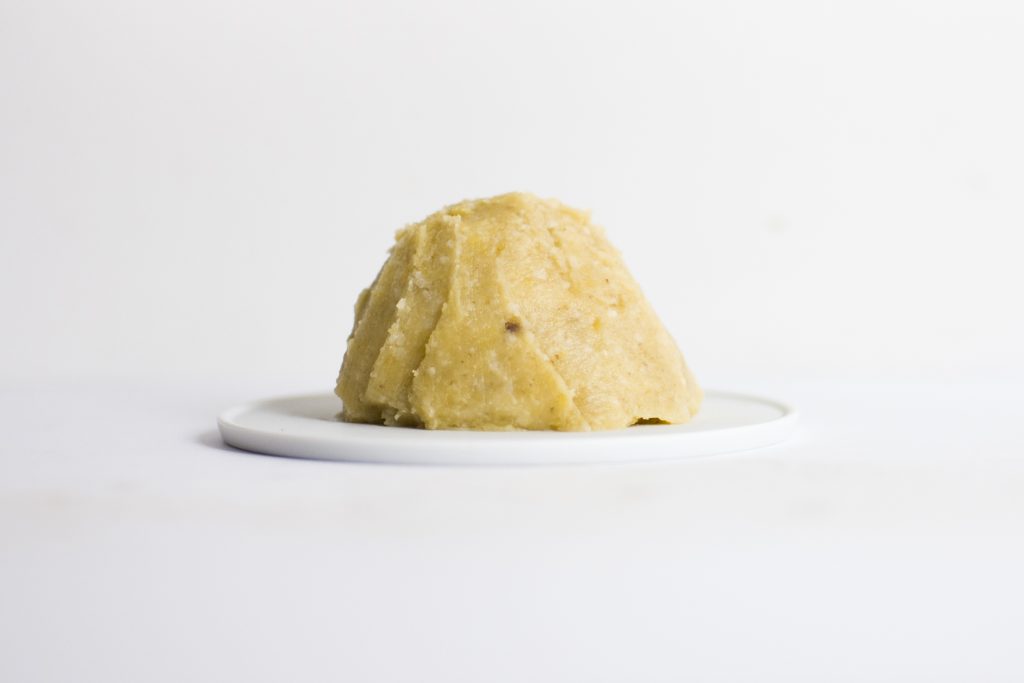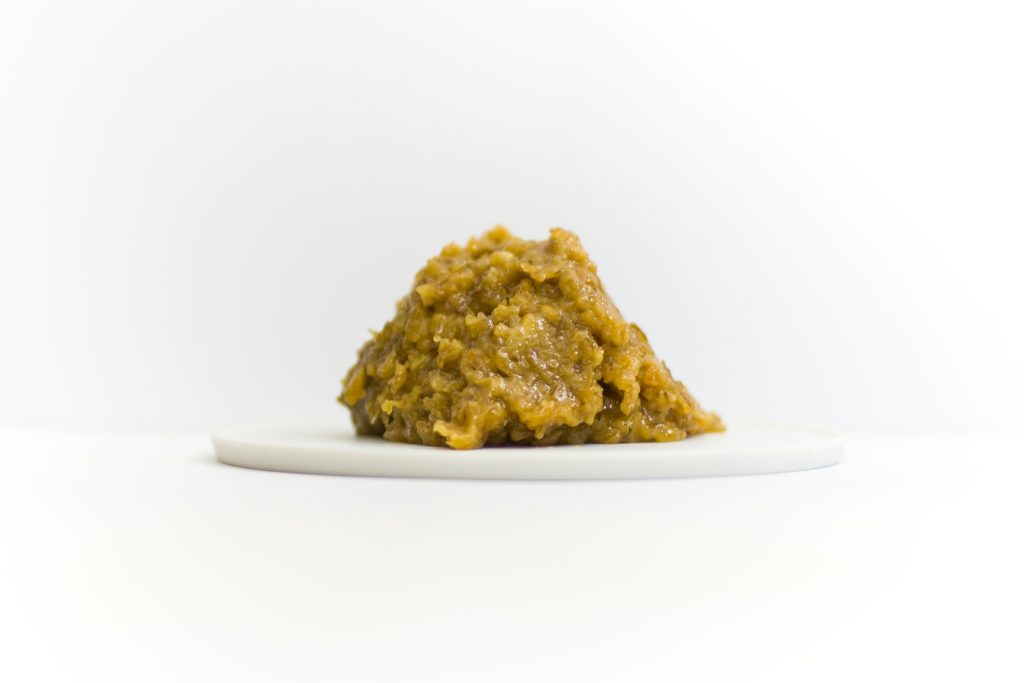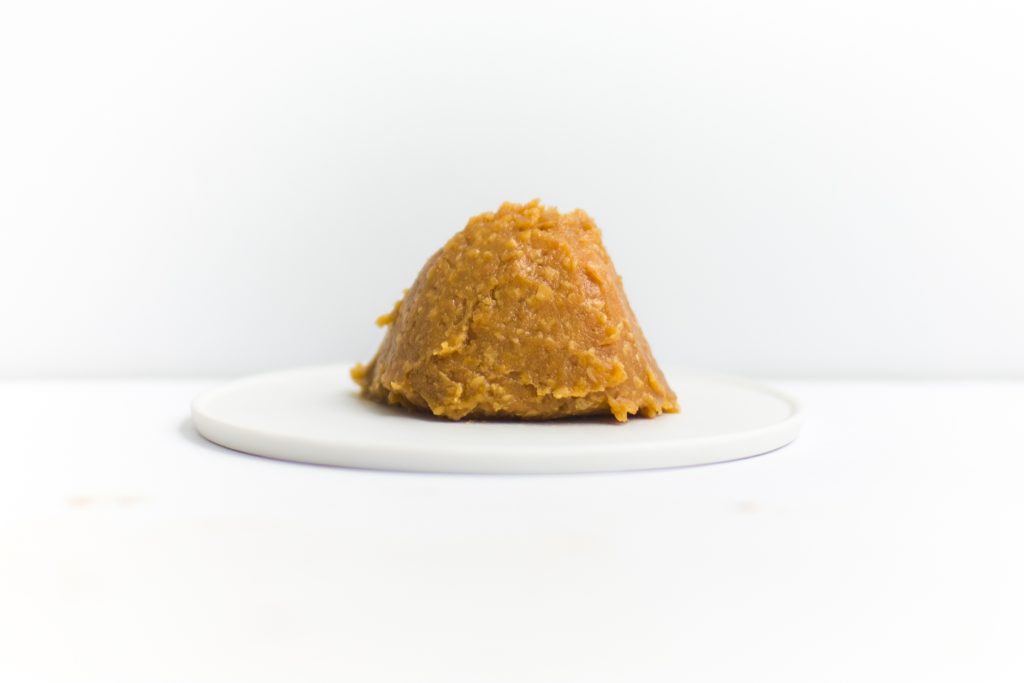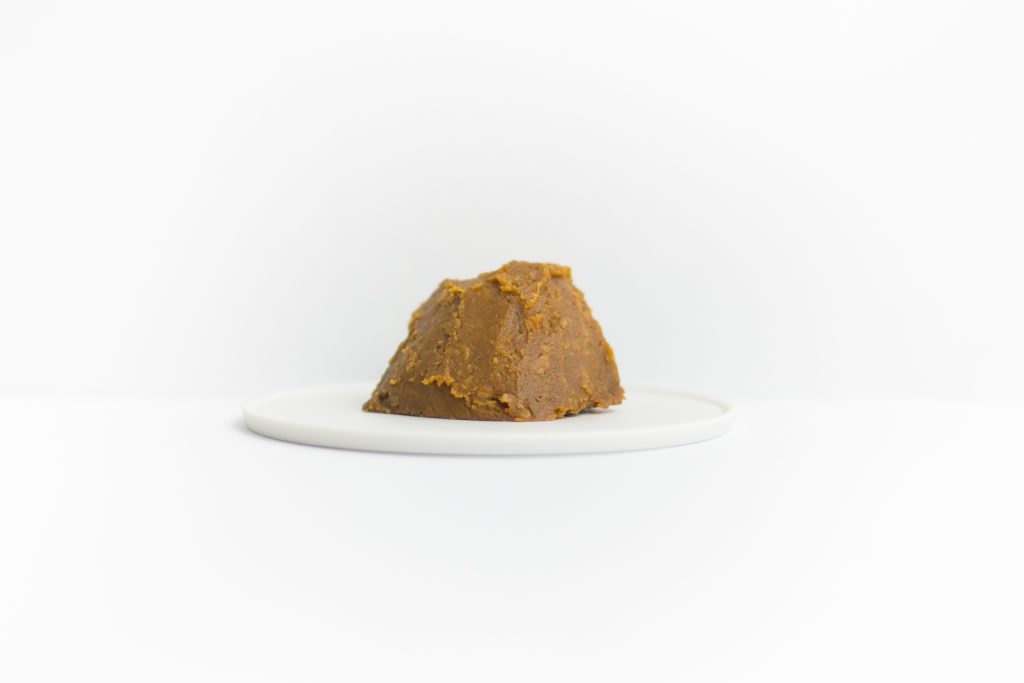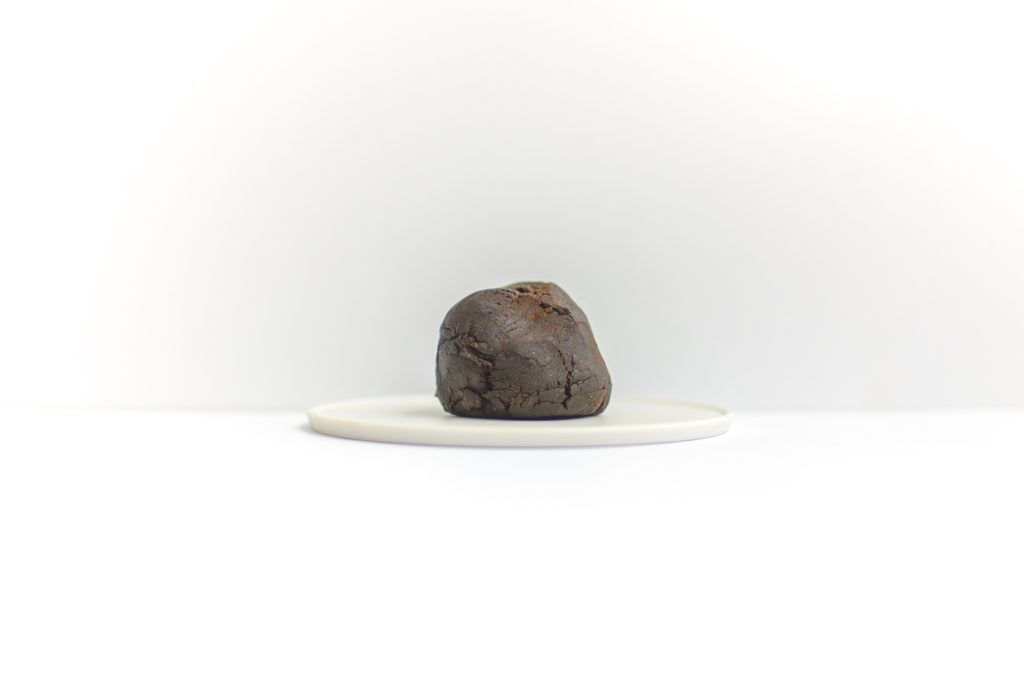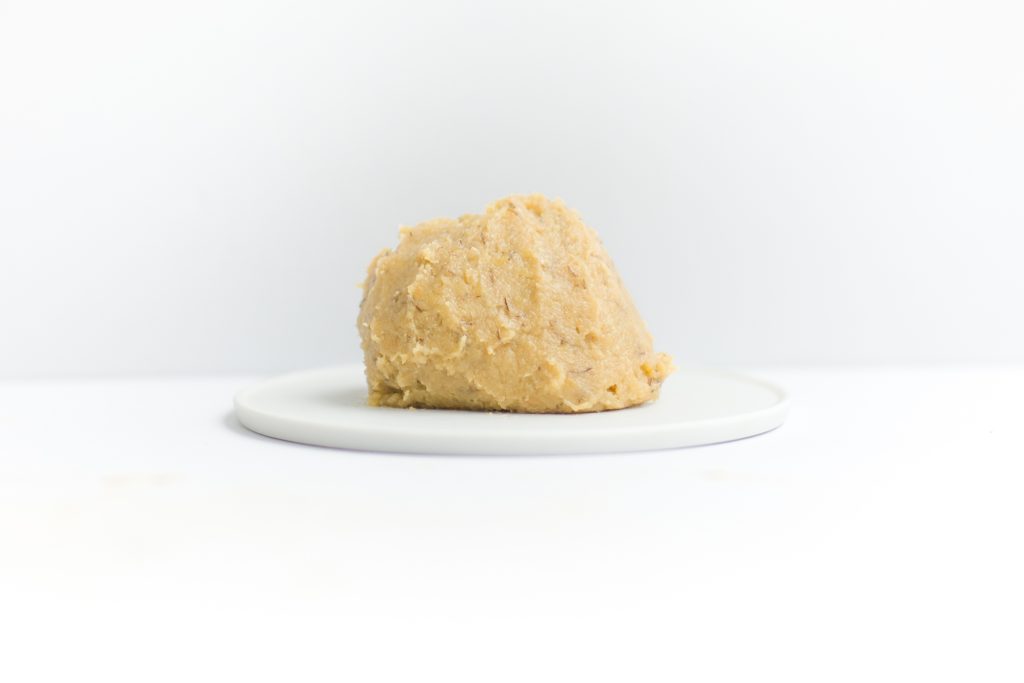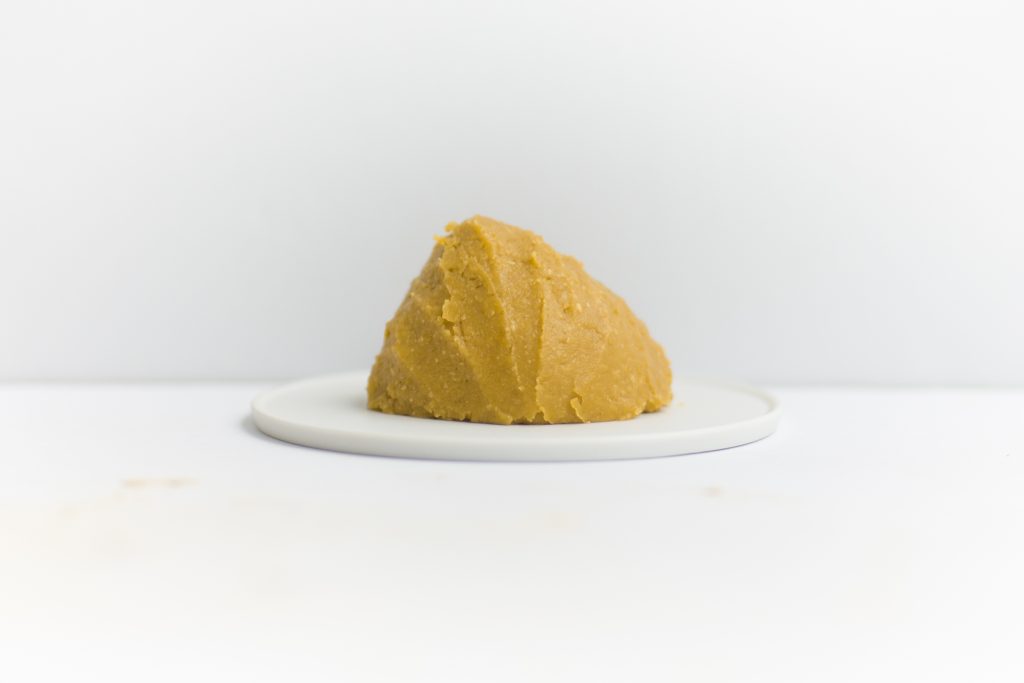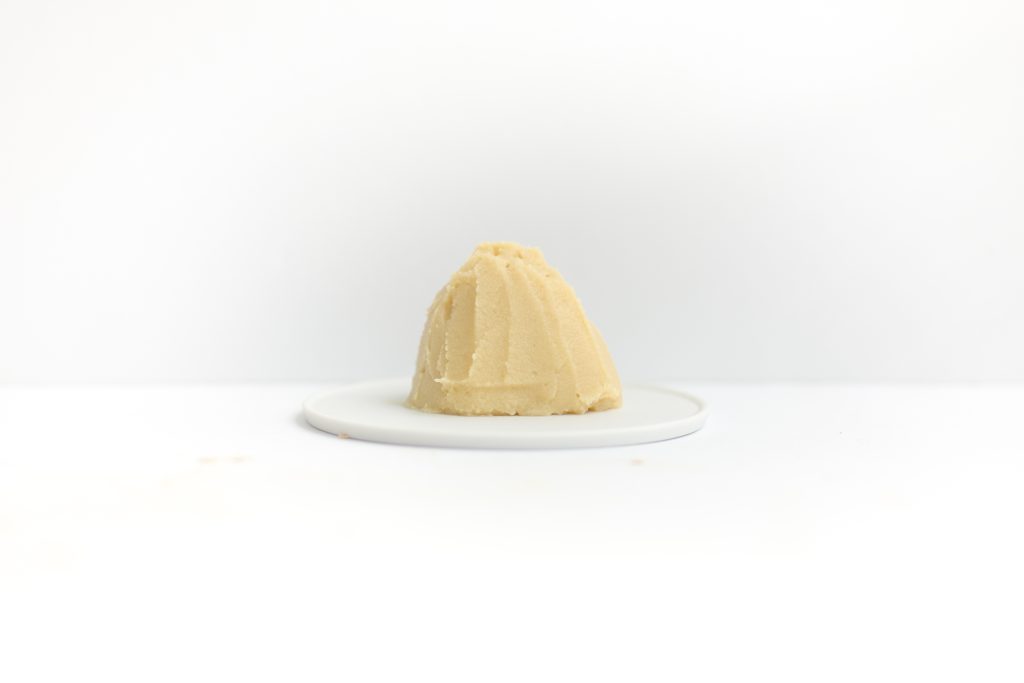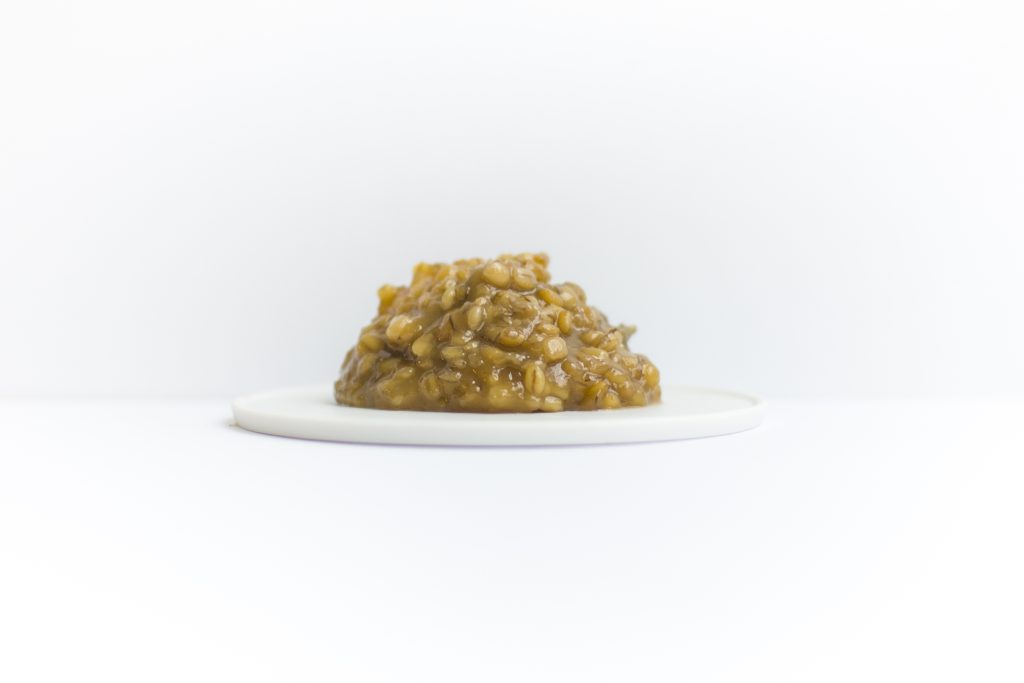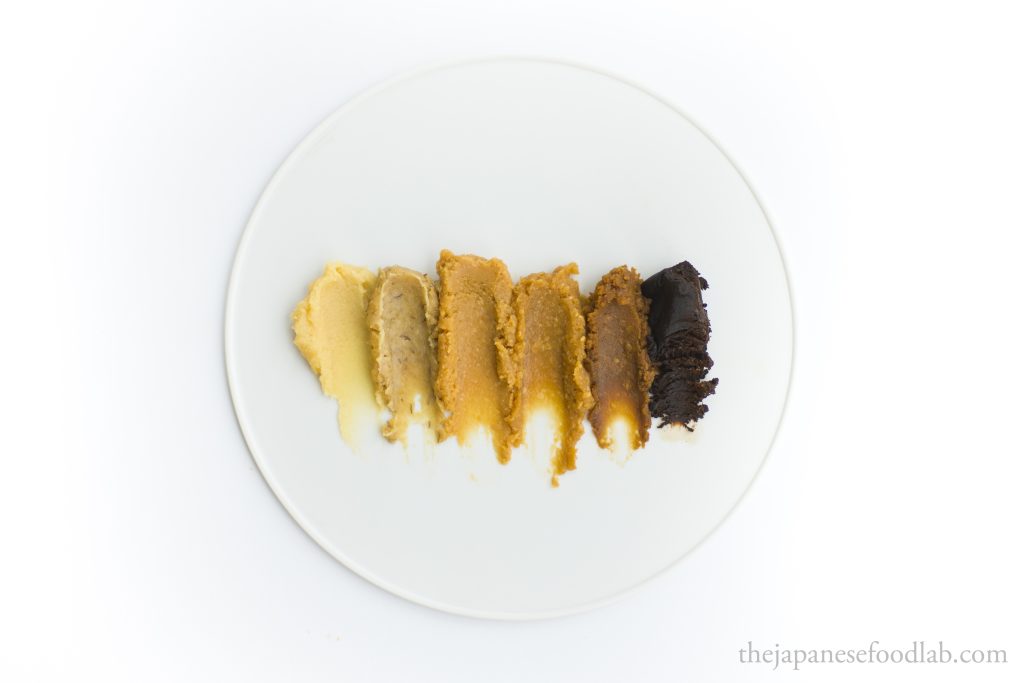
With fermentation becoming more and more trendy with every passing year, so too has the interest in growing koji and making miso at home. Thanks to books like the Noma guide to fermentation, it’s now commonplace to find westernised miso made by small businesses and restaurants all around the world, from chickpea miso to pumpkin seed and even cacao seed miso or orange miso. Well before this movement began however, the pioneers in bringing miso and koji fermentation to the English speaking world were William Shurtleff and Akiko Aoyagi, the authors of the Book of Miso. In fact, this was the book that David Zilber had recommended I read before beginning my stint at Noma. Fast forward to today and you’ll find many many resources in English on how to grow koji and make miso at home, from home enthusiasts all the way to people with close contacts to actual miso producers in Japan who have started their own online and in person courses. While my website has always mainly focused on Japanese food, I have always refrained from writing a series about koji growing and miso making because I felt that there was already plenty of information out there and didn’t want to be spinning knowledge that was once part an everyday Japanese kitchen as new, trendy, innovative and ‘cool’. It just didn’t feel right.
To take it into perspective, miso has been made for at least 1000 years in Japan, and the Book of Miso was first published in 1976. The knowledge available back then was so comprehensive that one could easily claim that all the articles on making miso you can read right now are simply rehashes of what William Shurtleff and Akiko Aoyagi wrote. However, having watched the fermentation movement grow over the years, I realised a personal growing dissatisfaction with the constant chase of new techniques and fermentation ingredients as well as the number of people trying to sell miso making or koji growing courses online. I slowly began to realise that what I wanted was there to be a source of information freely available that was not behind a paywall and thus began this series of articles on making Japanese miso. This series of articles will cover the basic ‘how tos’ of making miso, the science behind it, before going on to recipes for the traditional variations of miso found in Japan.
As always, all articles on this site are a work in progress and more information will be added over time. Titles that do not have a hyperlink are in the process of writing yet.
Table of contents:
What is Japanese miso?
- Types of traditional Japanese miso
- How miso was made traditionally
- The problem of modern miso making techniques
- How do the miso recipes here differ from miso made in western restaurants?
- What time of the year was miso traditionally made?
Miso making FAQ
The science of making miso
- Why is koji added to miso?
- What happens when miso ferments over time?
- What’s the ideal moisture level to ferment miso? (How much…
- How much salt do I add to my miso?
- What’s the ideal temperature to make miso?
- Do you need a temperature controlled environment to ferment miso?
- What’s the ideal humidity to make miso?
- Can miso be fermented in airtight conditions?
- How is the age of miso calculated?
- Age of Your Koji
What’s the ideal container to make miso?
Traditional Japanese Miso Recipes
